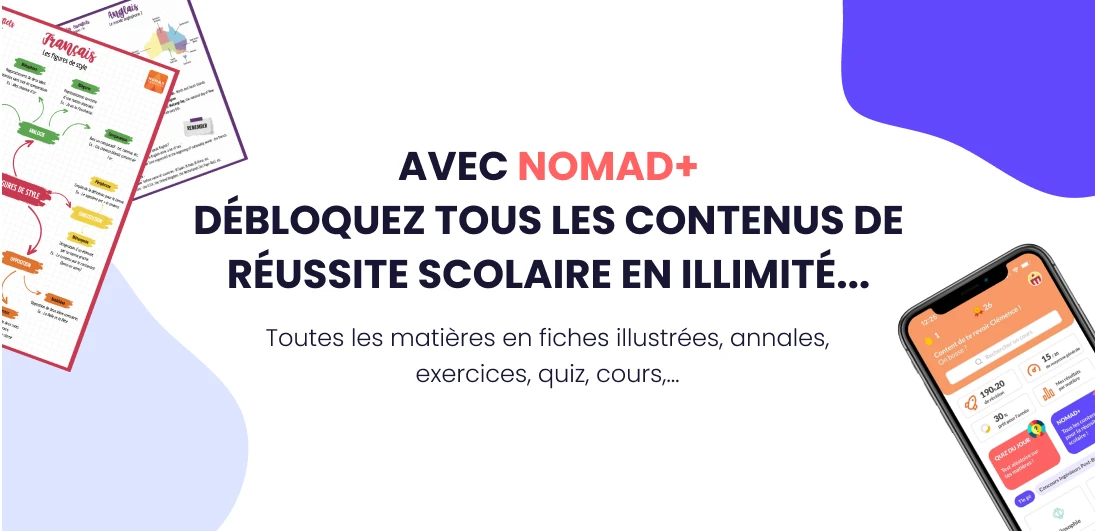BE et HAVE
📝 Mini-cours GRATUIT
🎲 Quiz GRATUIT
🍀 Fiches de révision PREMIUM
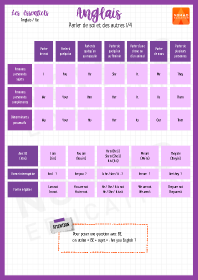
Parler de soi et des autres
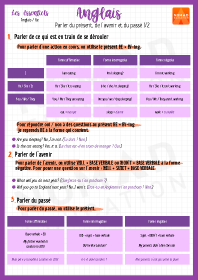
Parler du présent, de l’avenir et du passé
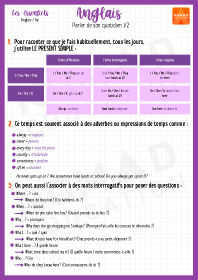
Parler de son quotidien
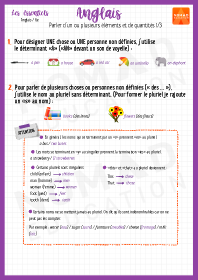
Parler d’un ou plusieurs éléments et de quantités
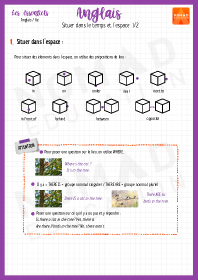
Situer dans le temps et l’espace
